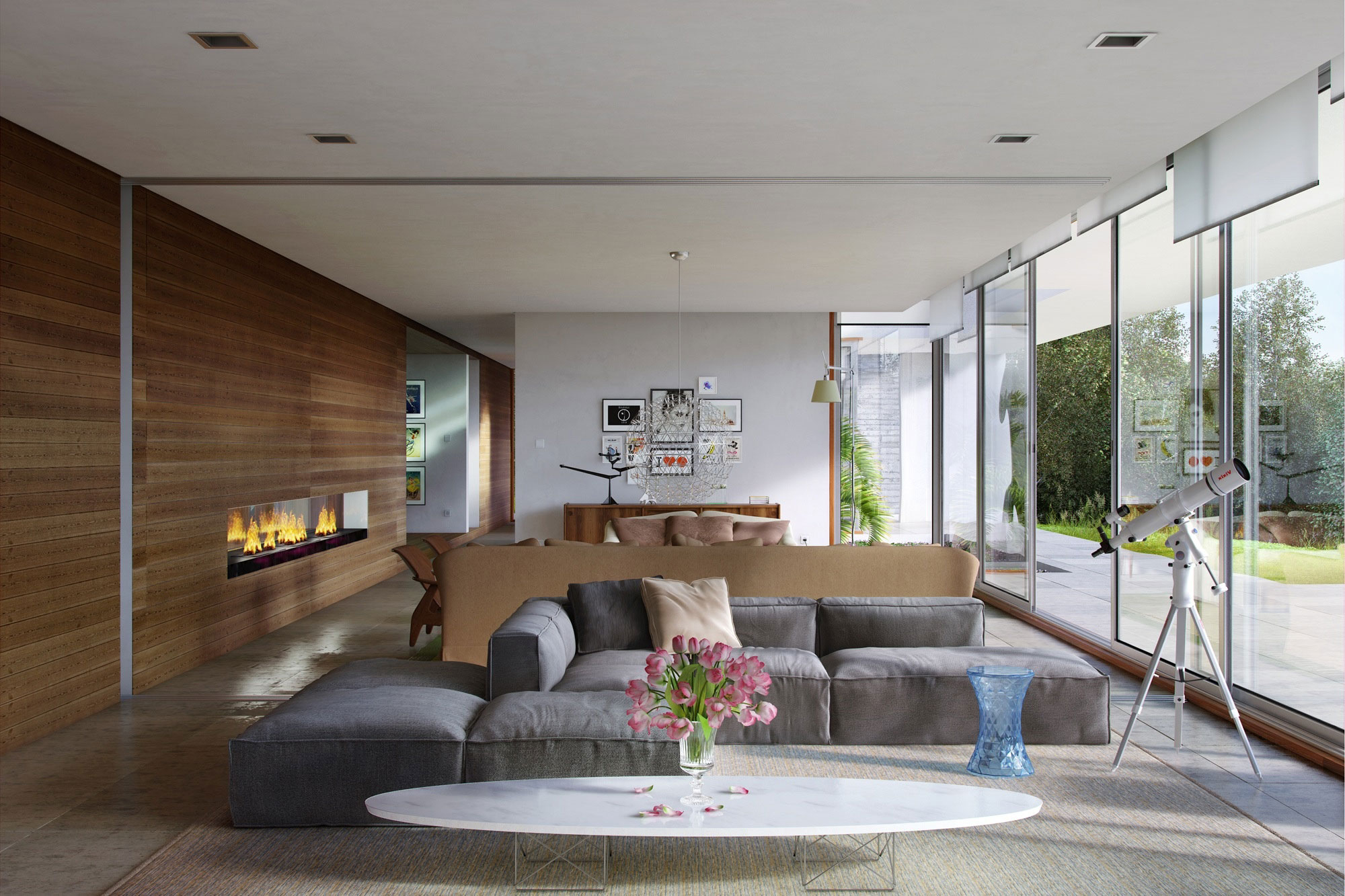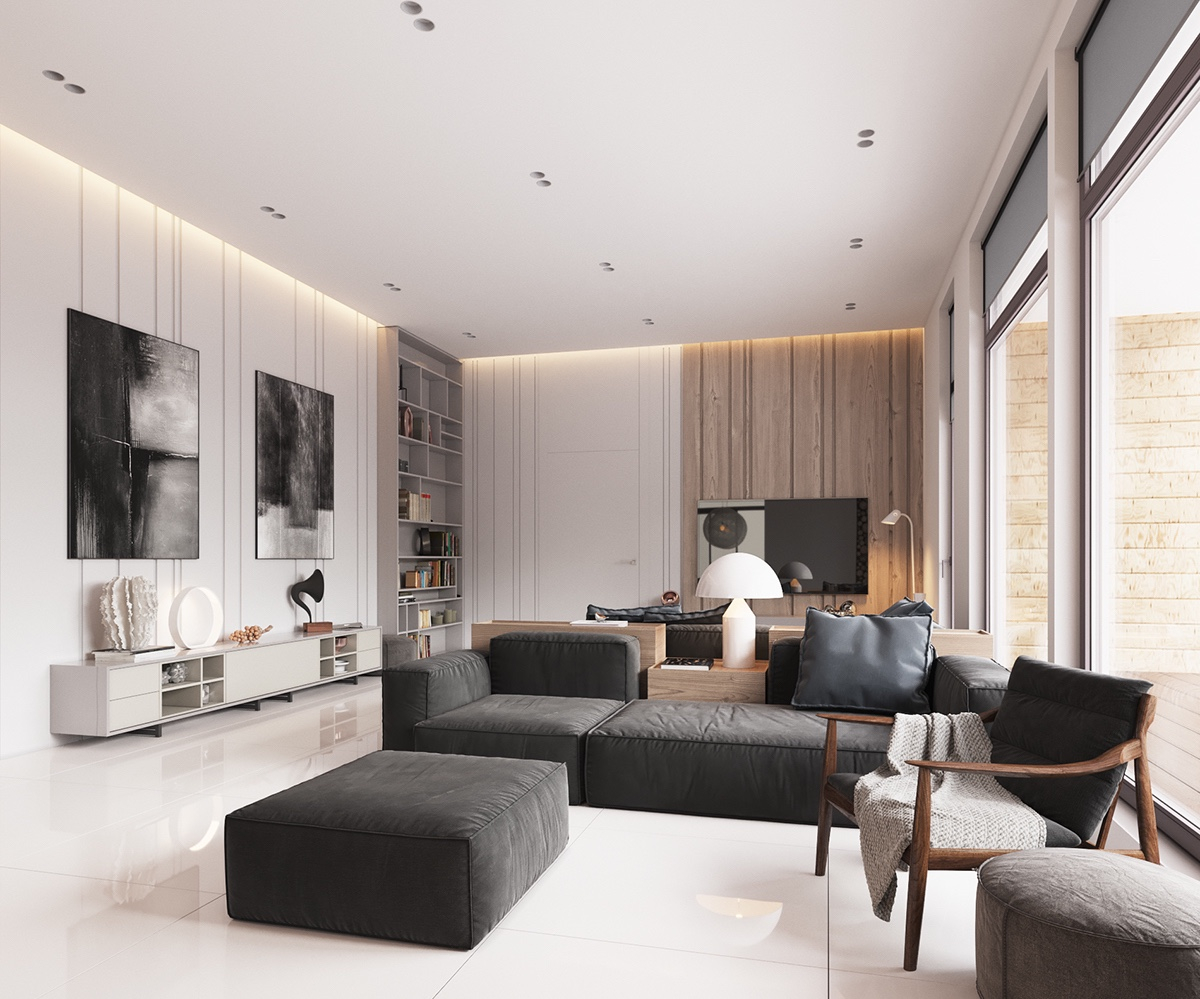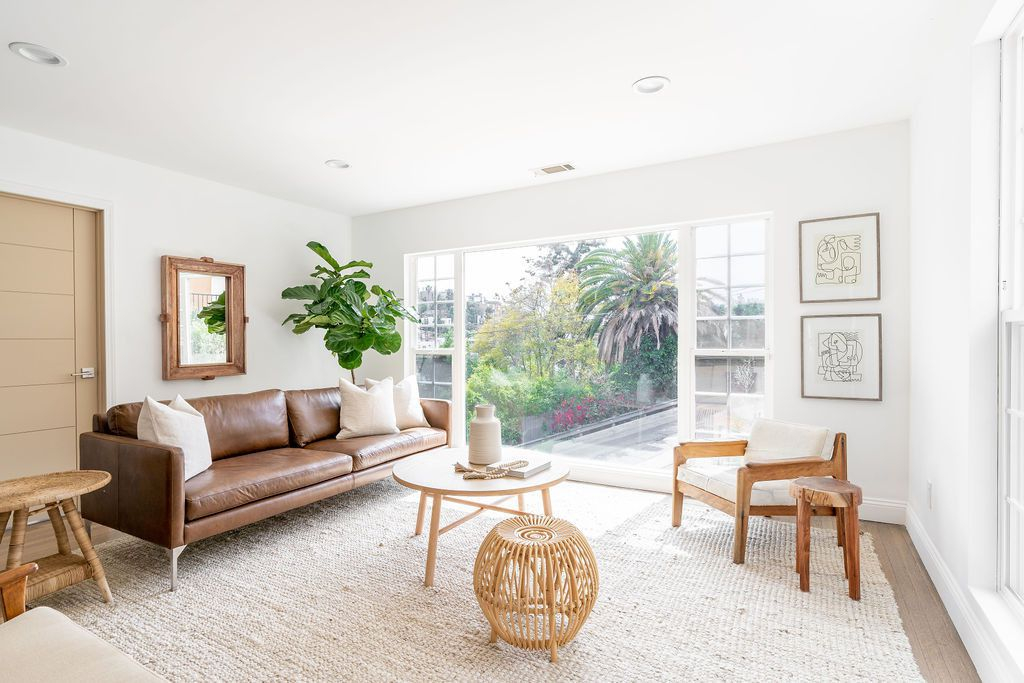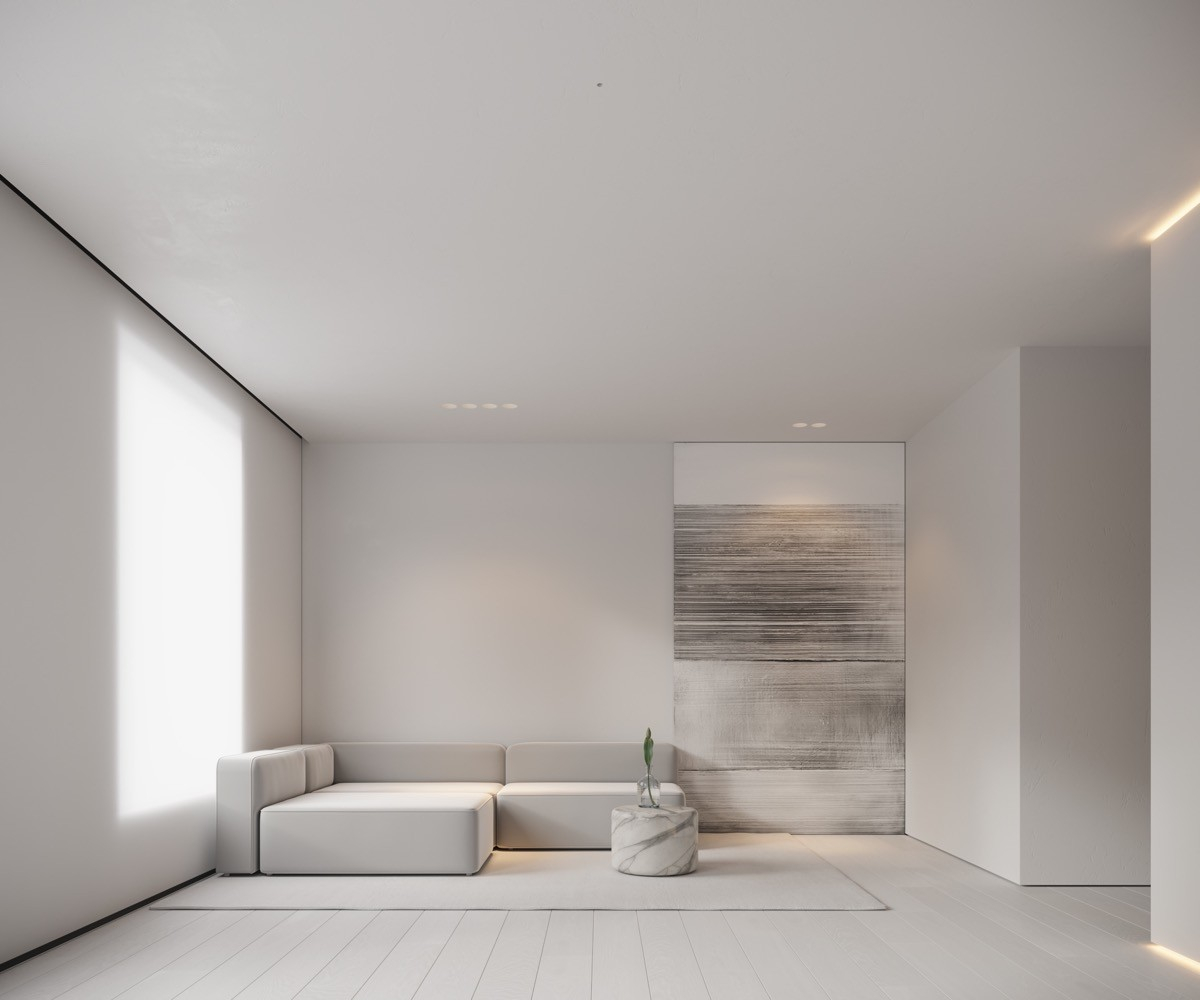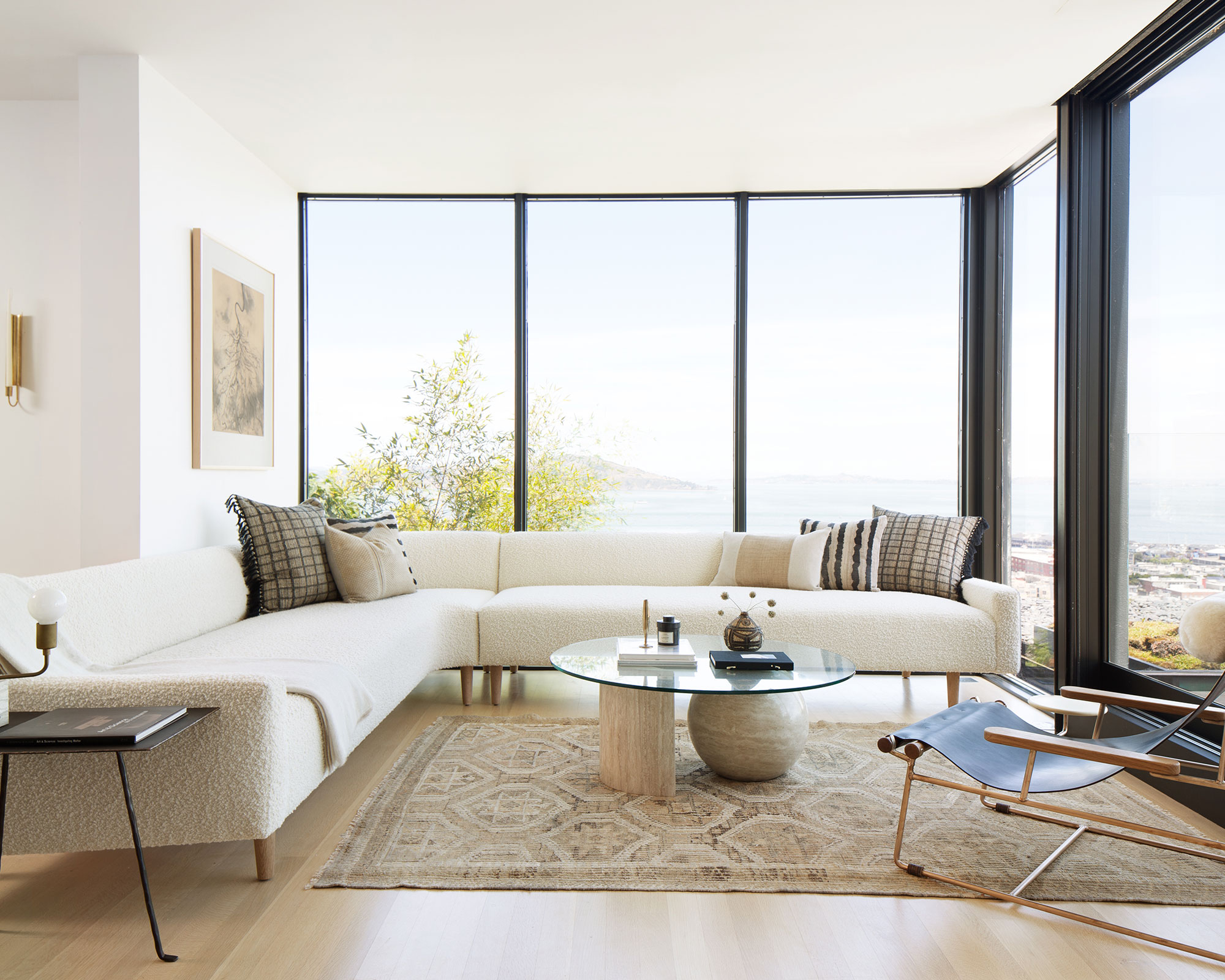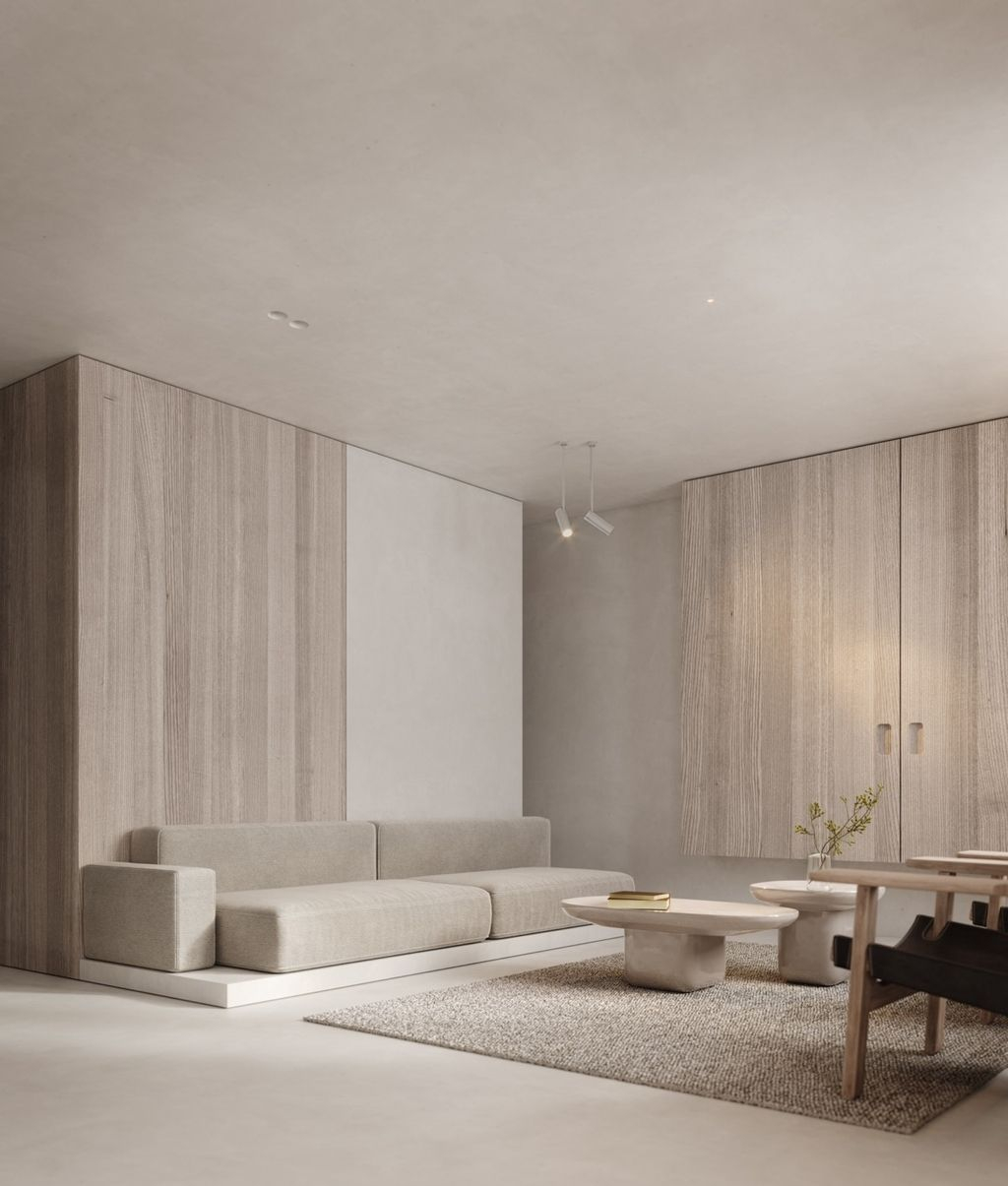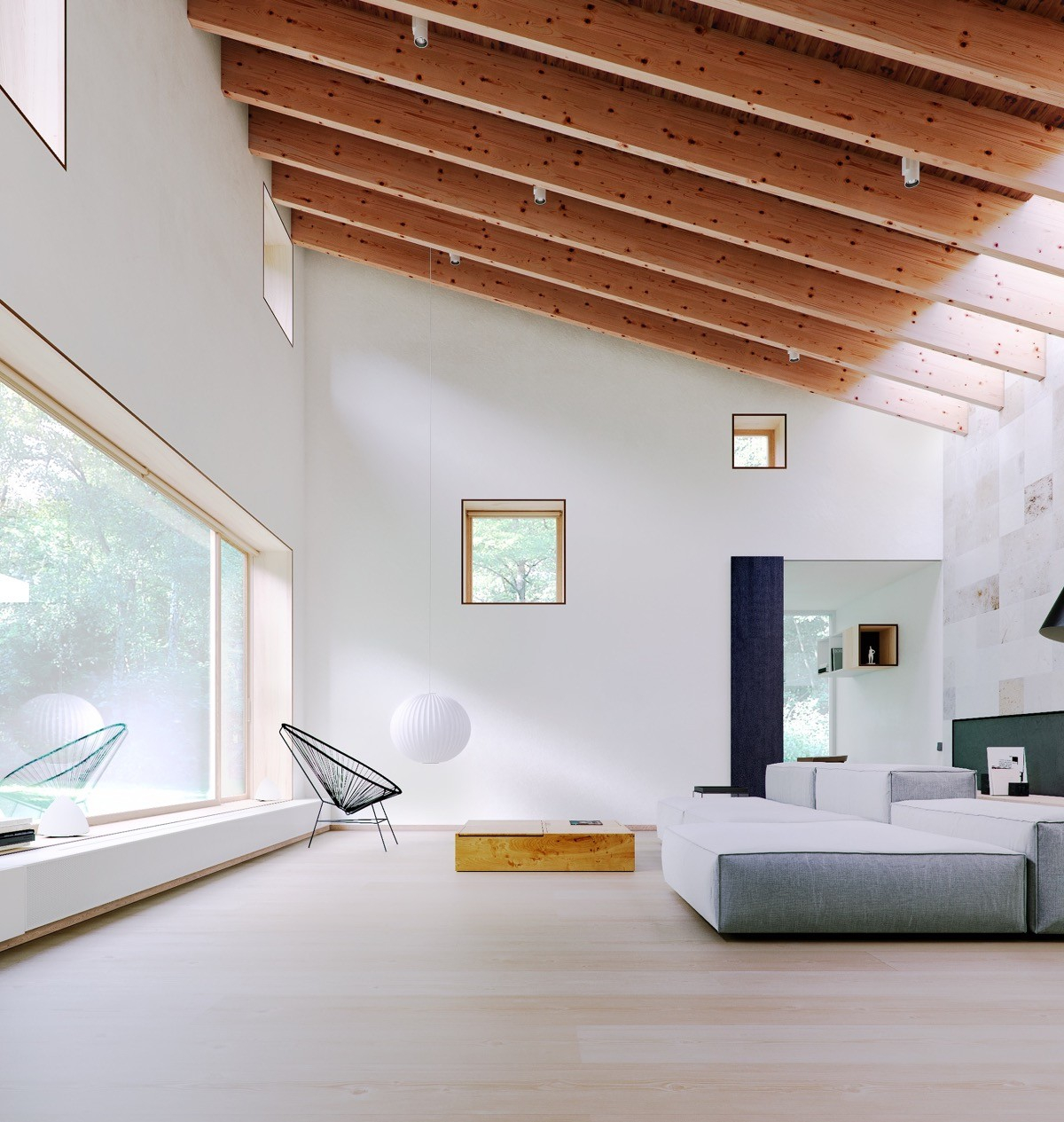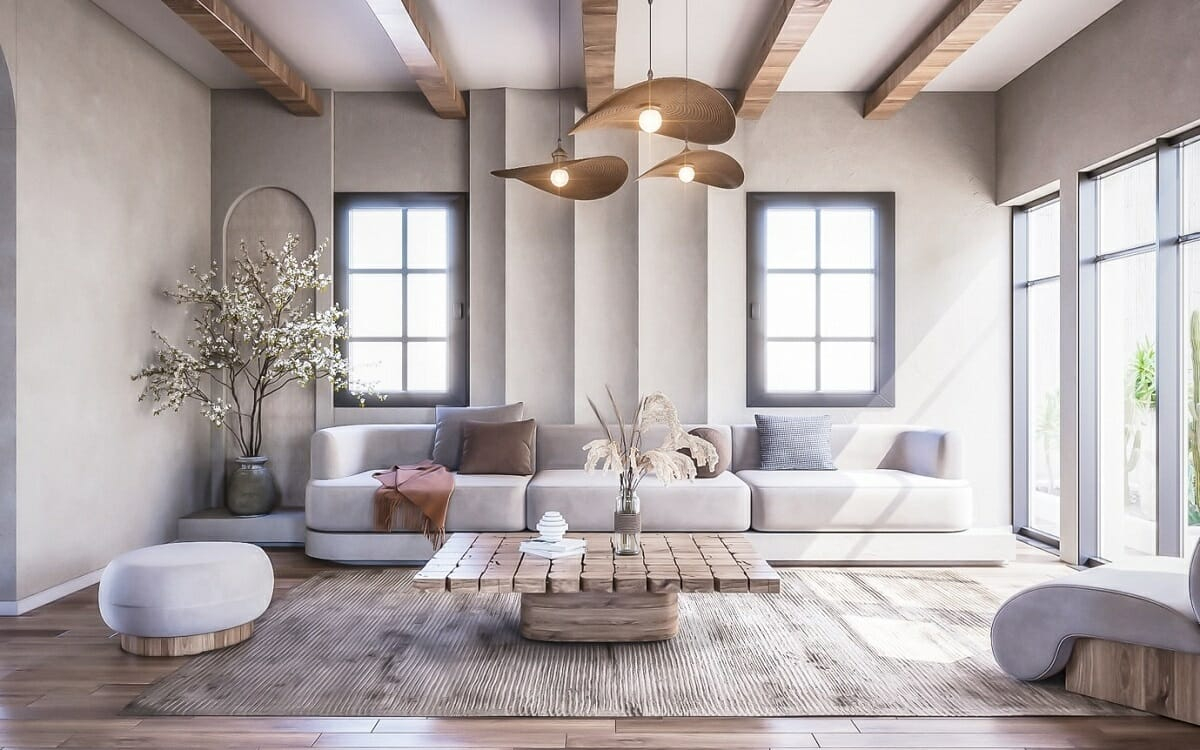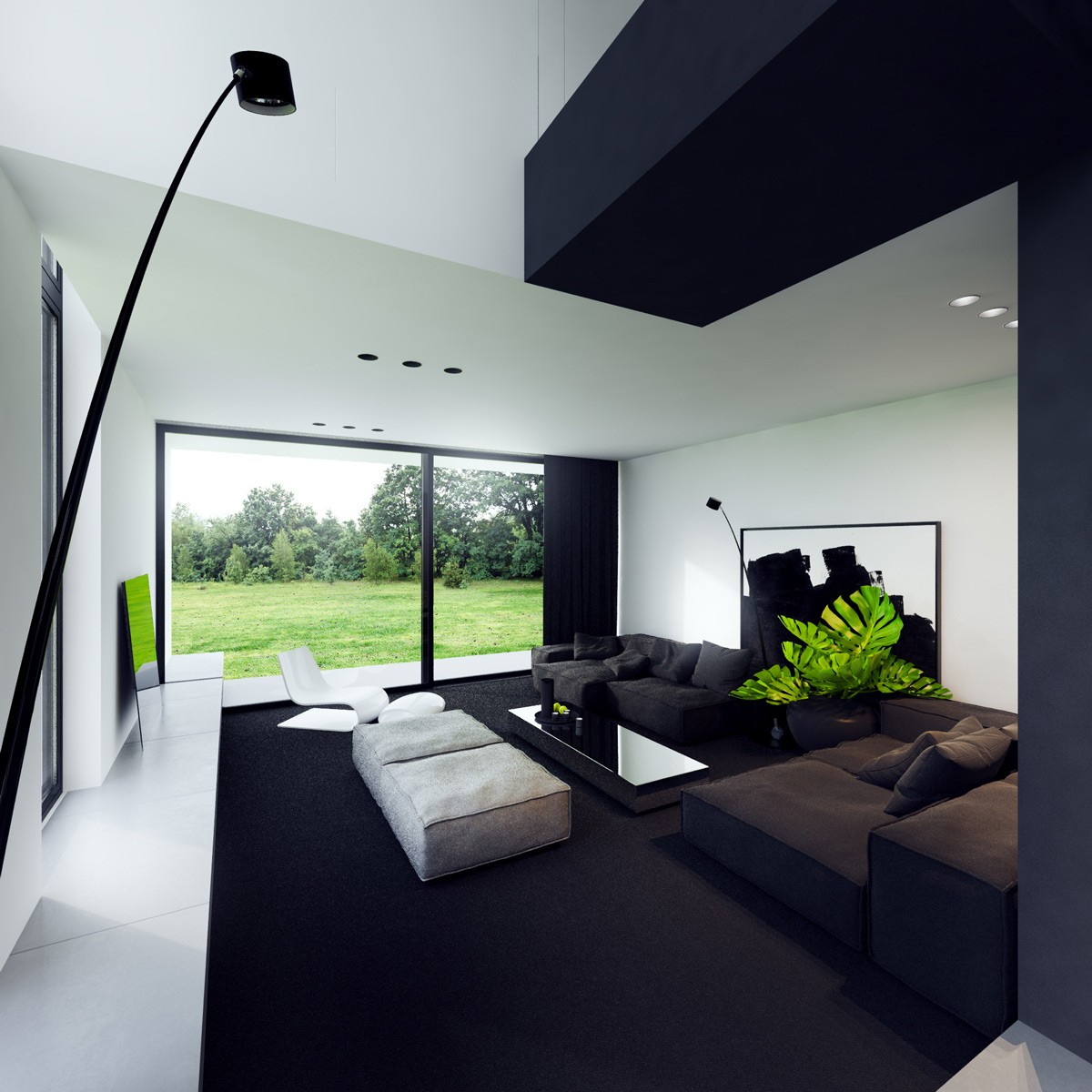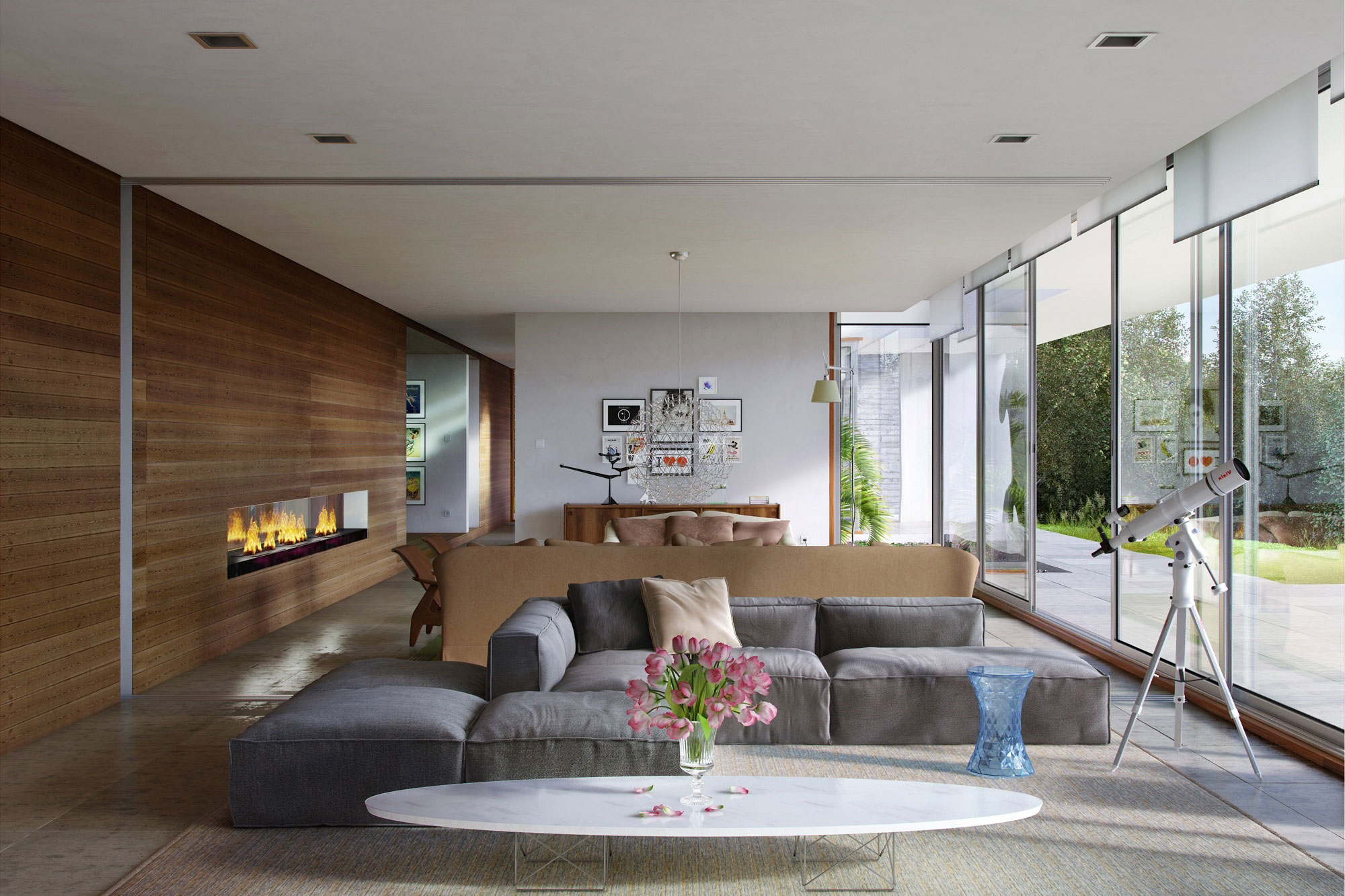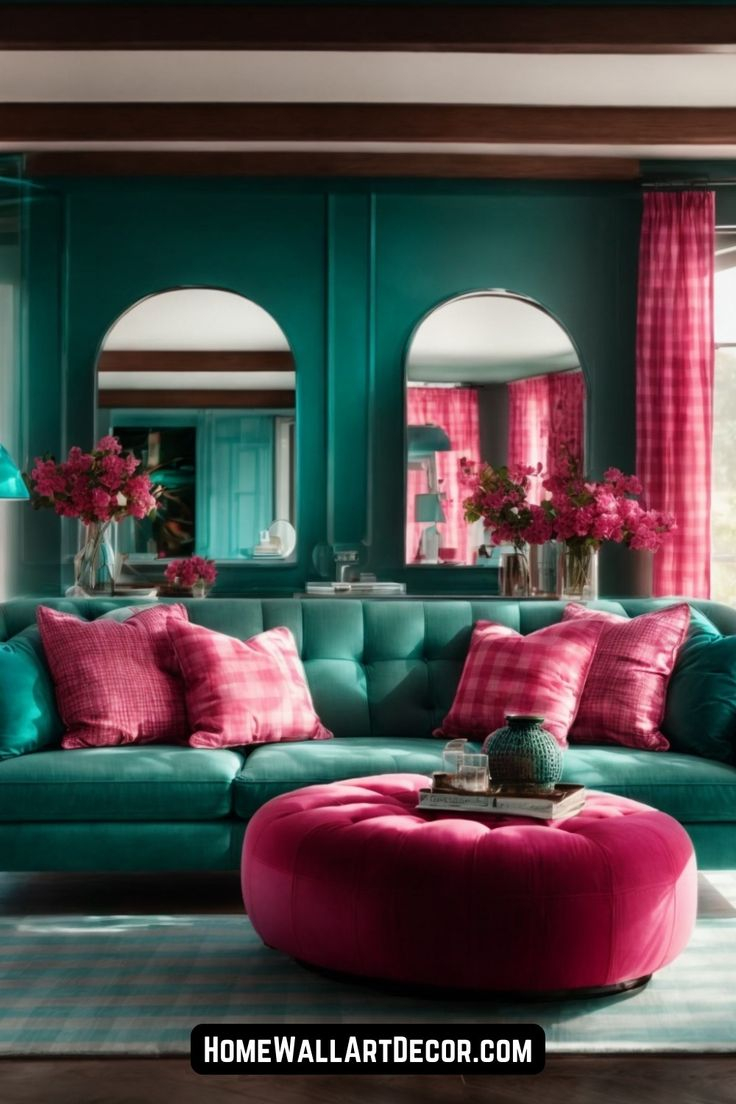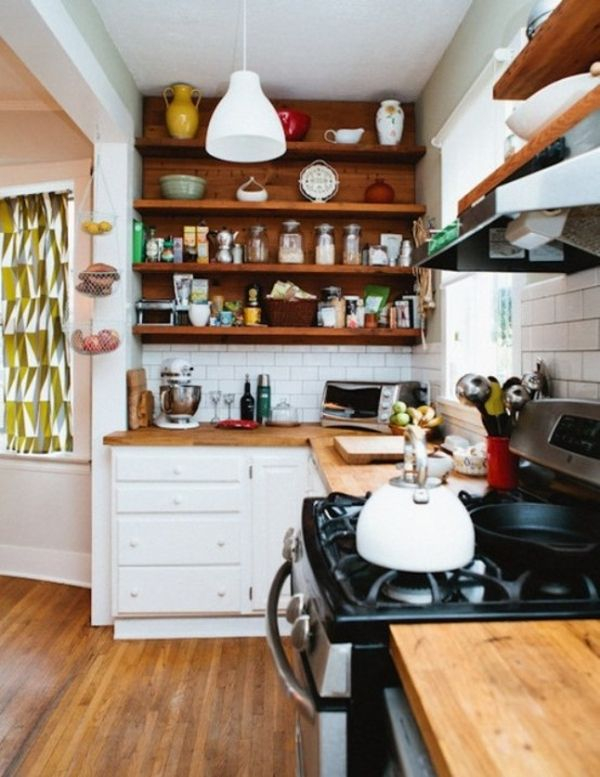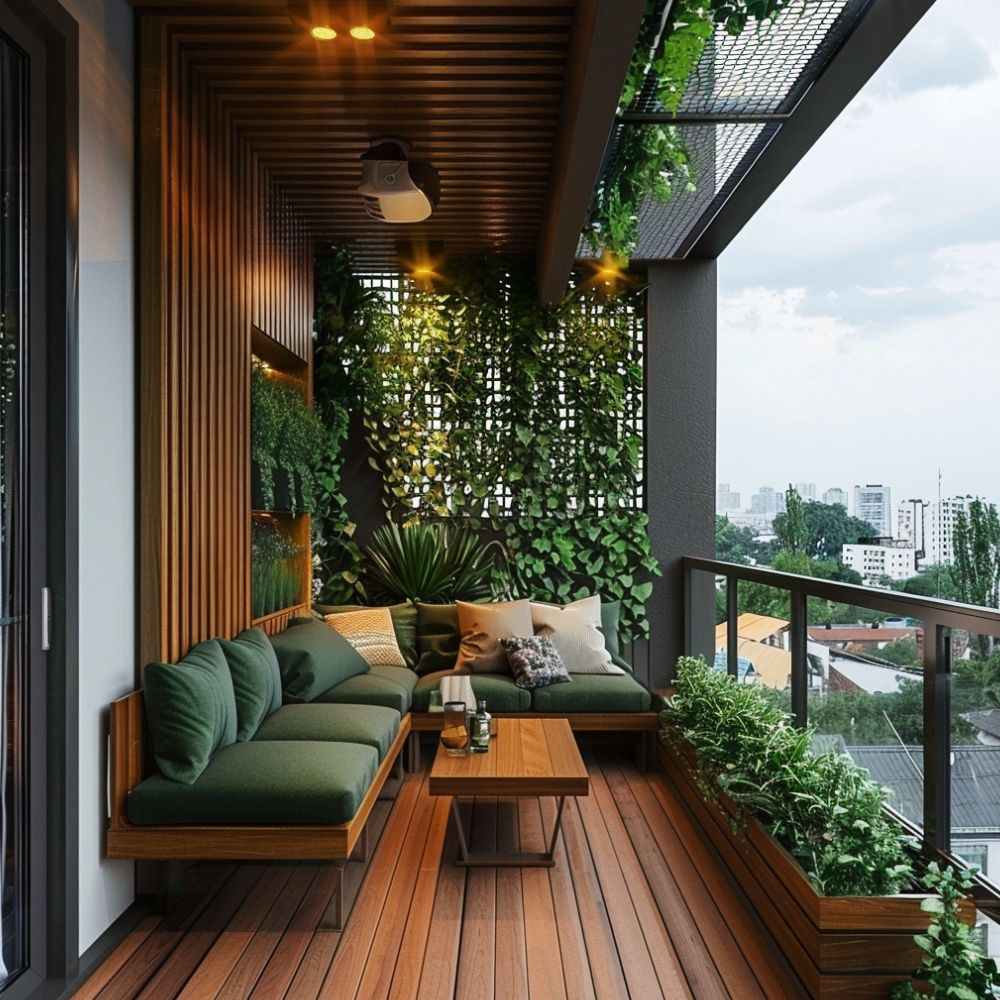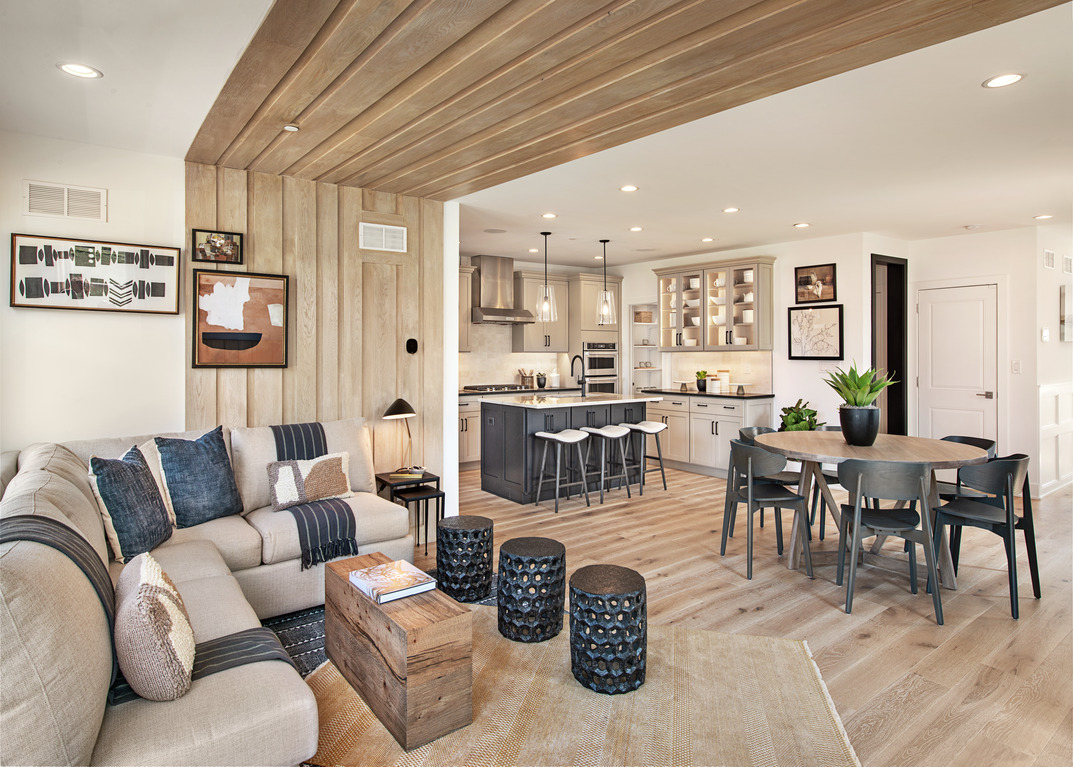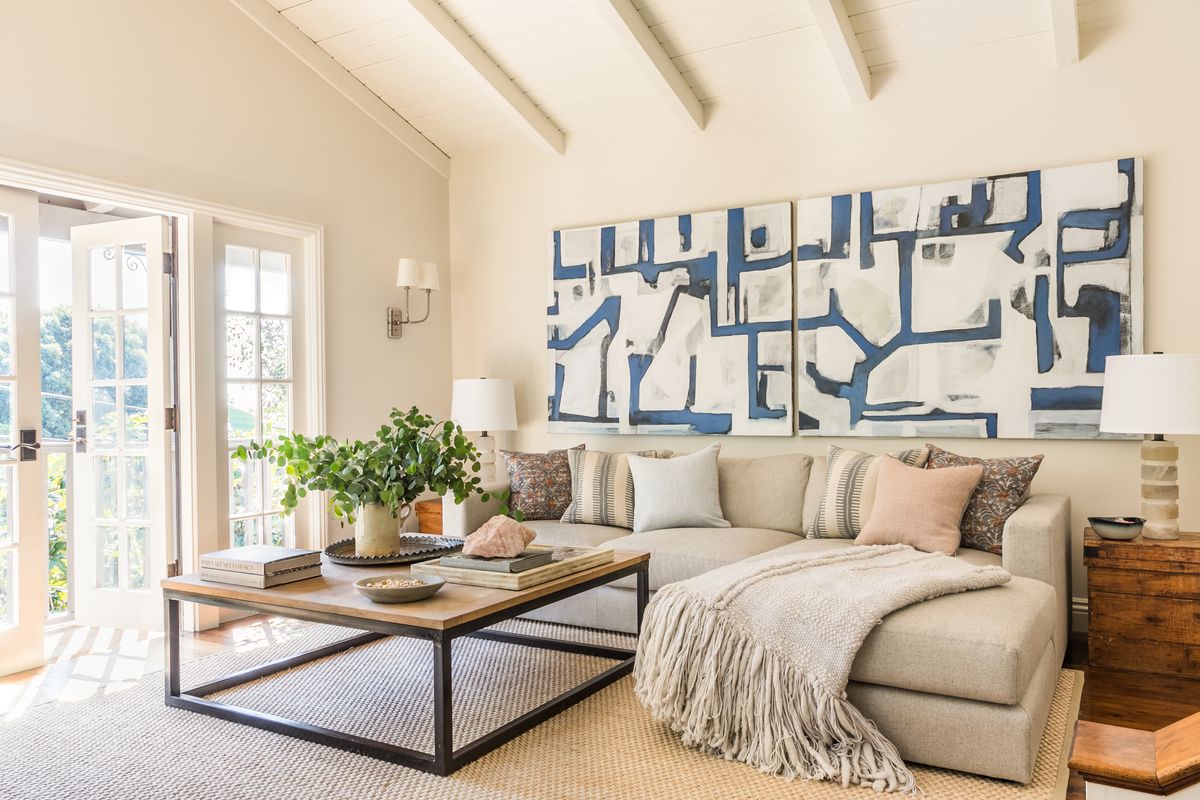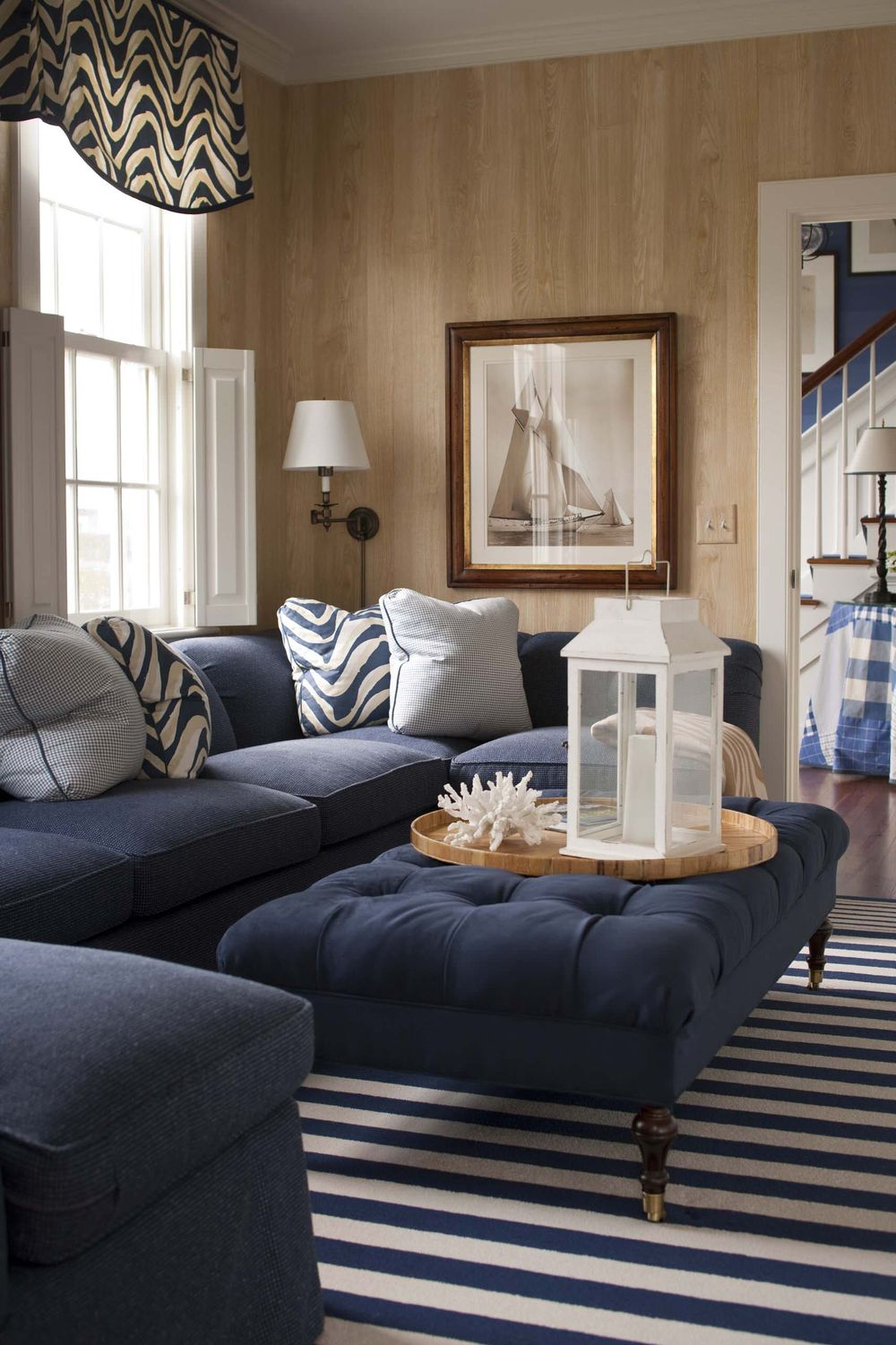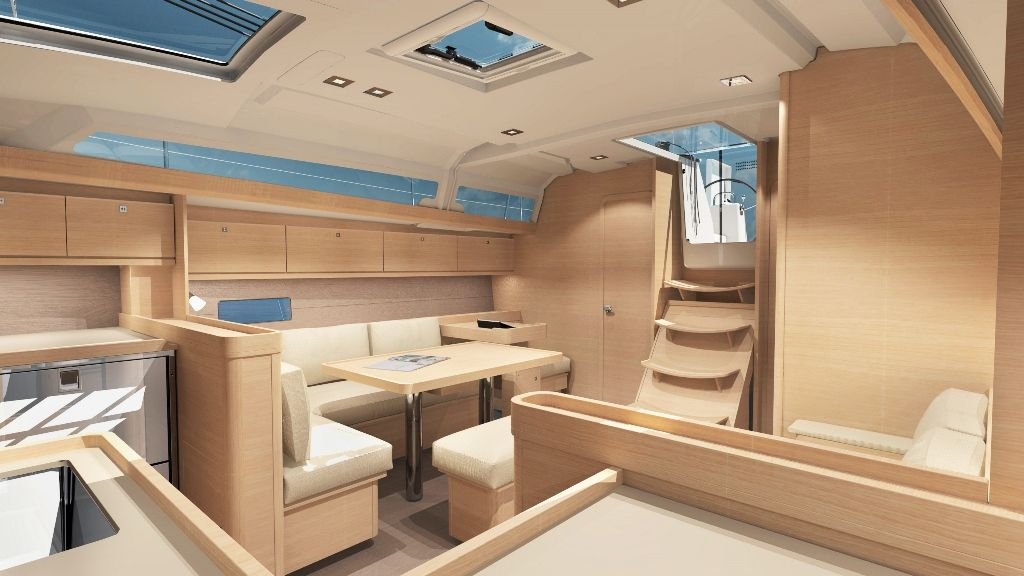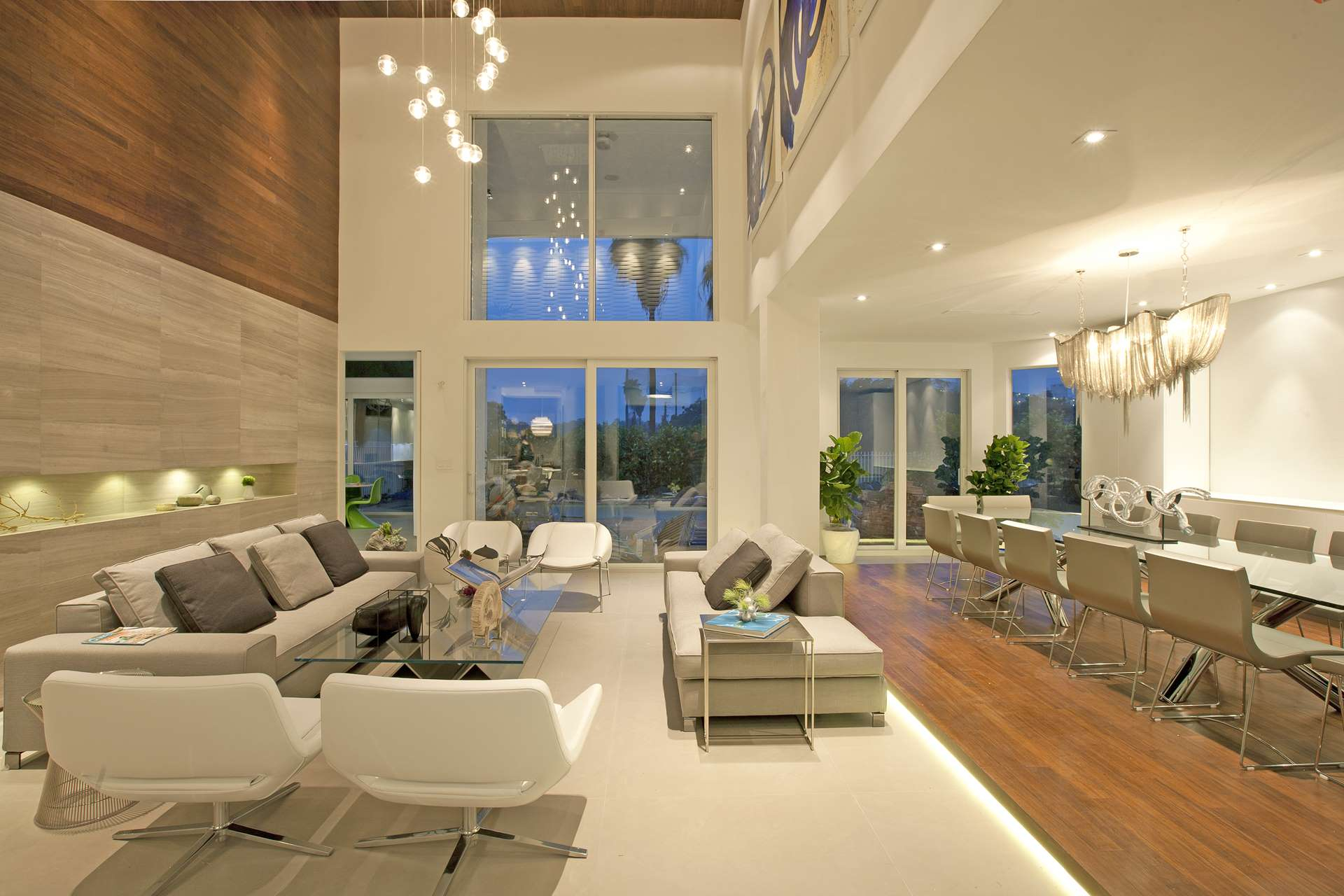Ever feel like your home is overflowing with stuff, and with that stuff, a sense of overwhelm? You’re not alone. In our busy lives, our living spaces often become a reflection of that chaos. But what if there was a way to create a sanctuary, a place of calm and clarity, simply by rethinking how you arrange and what you keep in your home? Minimalism in interior design isn’t about deprivation; it’s about intentionality. It’s about making space for what truly matters, both physically and mentally. Let’s explore how simple, yet profound, minimalist ideas can help you transform your home into a haven of peace and order.
Our homes are meant to be our retreats, places where we can unwind and recharge. Yet, for many, they’ve become storage units for things we rarely use, filled with visual noise that can drain our energy. This is where the beauty of minimalist interior design shines. It’s a philosophy that encourages us to pare down, to be more deliberate about our possessions and surroundings. By embracing a few core principles, you can cultivate a sense of spaciousness and tranquility that goes far beyond just aesthetics. It’s about creating an environment that supports your well-being. Ready to discover how?
Declutter with Purpose: The Foundation of Minimalism
Before you even think about paint colors or furniture arrangements, the first and perhaps most crucial step in minimalist design is decluttering. This isn’t just a quick tidy-up; it’s a deep dive into your belongings. Ask yourself: Do I use this regularly? Does it bring me joy? Does it serve a necessary function? If the answer to these questions isn’t a resounding ‘yes,’ it might be time to let it go. Consider the ‘one in, one out’ rule to maintain balance once you’ve decluttered. For example, if you buy a new book, make sure to donate or sell an old one. This process frees up not only physical space but mental space too. It’s surprising how much lighter you can feel when you’re not surrounded by excess. Think about your kitchen cabinets – how many mismatched containers or seldom-used gadgets are lurking there? Each item you remove creates breathing room.
Embrace Negative Space: The Power of ‘Less is More
In minimalism, empty space, often called ‘negative space,’ is just as important as the objects within it. It’s the silence between the notes that makes the music. Don’t feel the need to fill every wall or surface. Allowing areas to be clear and uncluttered creates a sense of calm and sophistication. Instead of a gallery wall crammed with pictures, perhaps one striking piece of art on a blank wall can make a much stronger statement. This principle applies to furniture too. Avoid overcrowding rooms. A few well-chosen, functional pieces can be far more impactful than many smaller, less significant items. Imagine a living room with just a comfortable sofa, a side table, and a floor lamp – it can feel incredibly serene and inviting.
Quality Over Quantity: Invest in Meaningful Pieces
Minimalism encourages a shift from accumulating many disposable items to investing in fewer, higher-quality pieces that you truly love and will last. This applies to furniture, decor, and even everyday essentials. Instead of buying multiple cheap throws, consider one beautifully crafted wool blanket. Opt for furniture with clean lines and durable materials. When you surround yourself with items that are well-made and have personal significance, your home feels more curated and less chaotic. Think about a beautiful wooden bowl that’s been in your family for generations versus a plastic trinket. Which one adds more warmth and character? It’s about intentional purchasing, ensuring each item earns its place in your home.
A Harmonious Color Palette: Creating a Serene Atmosphere
Minimalist interiors often feature a neutral and calming color palette. Think whites, creams, grays, and soft earth tones. These colors create a sense of spaciousness and tranquility, acting as a backdrop that allows your carefully chosen pieces to stand out. However, minimalism doesn’t mean a lack of color. You can introduce pops of color through art, textiles, or a single accent piece, but the overall feel should be cohesive and peaceful. A muted blue accent wall, for instance, can add a touch of personality without overwhelming the space. The goal is to create a visually restful environment that promotes relaxation and focus. Consider how different colors affect your mood; soft, natural hues tend to be more soothing than bright, jarring ones.
Functional and Streamlined Furniture: Form Meets Function
In a minimalist home, every piece of furniture should serve a purpose, and ideally, it should do so elegantly. Look for pieces with clean lines, simple silhouettes, and multi-functional capabilities. Built-in storage solutions are a minimalist’s best friend, helping to keep clutter out of sight. A coffee table with hidden drawers, a sleek media console, or floating shelves can provide storage without adding visual bulk. When selecting furniture, consider its scale and proportion relative to the room. Avoid overly ornate or bulky items that can make a space feel cramped. The idea is to create a flow and ease of movement throughout your home. Think about a sofa that’s comfortable and stylish, without excessive embellishments.
Thoughtful Decor: The Art of Intentional Adornment
Decor in a minimalist home is about intention and impact. Rather than filling surfaces with knick-knacks, choose a few select items that hold meaning or add significant visual interest. This could be a beautiful plant that brings life into a room, a sculptural vase, or a piece of art that speaks to you. The key is restraint. Each decorative item should be carefully considered. When you do choose to display something, give it space to be appreciated. A single ceramic piece on a bookshelf can be more striking than a collection of small items. It’s about creating a curated look that feels personal and uncluttered, rather than busy and overwhelming. Remember, sometimes the most beautiful decor is simply a clean, clear surface.
Transforming your home with minimalist interior ideas is a journey, not a destination. It’s about making conscious choices that foster a sense of peace and order in your everyday life. By decluttering with purpose, embracing negative space, investing in quality, curating a harmonious color palette, choosing functional furniture, and decorating with intention, you can create a living environment that truly nourishes your soul. Start small, be patient with yourself, and enjoy the process of creating a home that feels both simple and profoundly beautiful. What small step can you take today to bring more serenity into your space?

